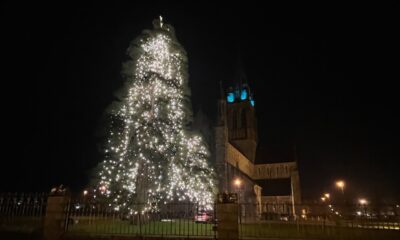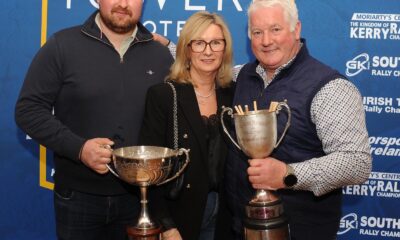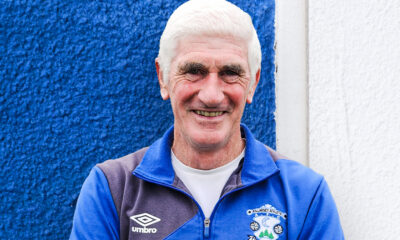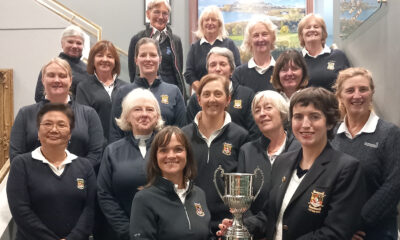News
Tralee’s gain is Killarney’s loss for proposed GAA museum

B
By Sean Moriarty
Tralee could be after stealing a march on Killarney after a local councillor proposed to build a GAA stadium in the county town.
Back in 2012 the Kerry Gaelic Culture Museum GAA in Killarney was given the green light.
It should have been opened by 2014 - but it never got off the ground due to the economic crash at the time.
Three years later an application was made to extend the duration of the planning permission for the museum which was proposed to be built on the grounds of Fitzgerald Stadium in Killarney.
The idea disappeared until Tralee councillor Jim Finucane asked a bi-monthly meeting of Tralee Municipal Council if Kerry County Council could draw up a plan to house a GAA museum in Tralee Court House.
A new court house is set to be built in the town as part of the Island of Geese regeneration programme in the town.
Killarney councillor and former Kerry footballer Michael Gleeson was a member of the previous museum committee.
The group included Kerry Airport secretary Liam Chute, Killarney publican Patrick O’Sullivan who was Kerry County Board Chair at the time and the Killarney Advertiser’s sports journalist Eamon Fitzgerald.
They even met with senior Board Fáilte officials but it was stopped dead in its tracks when the tourism body did not follow up on further meetings just prior to the economic crash.
The Killarney committee had made a lot progress in their attempt to build the museum including high-end meetings with Government ministers and promise of a potential bridging loan from the GAA.
“Tralee Municipal District are well-entitled to make such a proposal and there is no animosity towards them on that,” Mr Gleeson told the Killarney Advertiser. “We had a design, planning permission everything ready to go. We had costed it at around €4 million, which is not an unmanageable amount of money. Fáilte Ireland met us, they told us, as we were in the height of the so-called Celtic Tiger, that our project was not big enough to be considered iconic, but they promised they would meet us to follow up and we have heard nothing since.”
Mr Gleeson remained hopeful that Killarney would not be overlooked in the future. "Killarney has the [tourism] footfall to make this project financially viable," he added. "It could serve as a hub, and introduce visitors to the sporting and culture aspects of Kerry and they would radiate from here to all corners of the county and beyond."
























